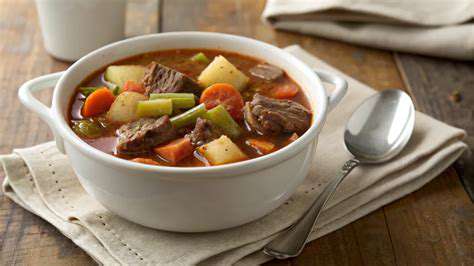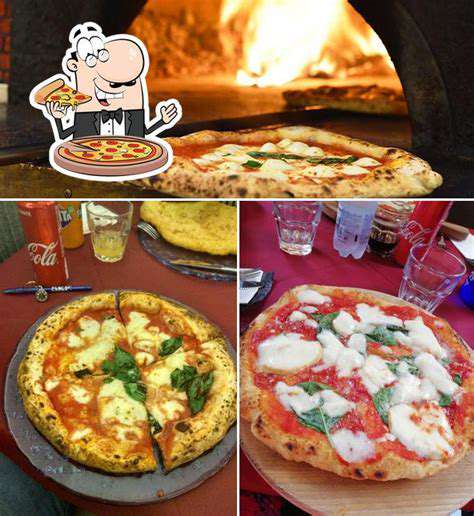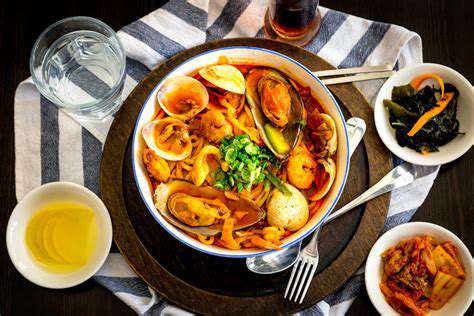The History of French Pastry
Early Apprenticeship and Tradition
French pastry, a culinary art form celebrated globally, boasts a rich history deeply rooted in the country's cultural heritage. The journey from simple origins typically involved lengthy apprenticeships, where aspiring bakers absorbed time-honored techniques handed down through generations. These immersive training periods, often spanning several years, were essential for developing true mastery, from perfecting dough handling to achieving flawless pastry cream consistency.
Tradition held supreme importance. Recipes frequently remained closely guarded family secrets, preserved within tight-knit baking communities. This unwavering commitment to preserving methods and ingredients directly shaped the exceptional quality and distinctive flavors that define French pastries today. Every detail mattered - from selecting premium ingredients to carefully crafting each component - reflecting centuries of accumulated wisdom.
The Influence of Monastery Kitchens
Monastic communities made unexpected but profound contributions to early French pastry development. These secluded institutions, often located in rural settings, became unexpected hubs of culinary creativity. Monks, known for their disciplined approach and attention to detail, pioneered various preservation methods and flavor enhancement techniques. Their systematic approach to ingredient preparation established core principles still followed by modern pastry chefs.
The religious orders' sophisticated understanding of flavor pairing and their skill in creating decorative designs significantly impacted pastry evolution. Though frequently underrecognized, their innovations formed critical building blocks for what would become a world-renowned culinary tradition.
Royal Palaces and the Rise of Sophistication
French aristocratic circles, with their lavish banquets and extravagant celebrations, created ideal conditions for pastry advancement. The constant need to dazzle nobility with ever more impressive creations drove remarkable innovation among royal pastry chefs. The resulting delicacies transcended mere food, becoming edible masterpieces that showcased both technical skill and artistic vision.
This demand for increasingly elaborate presentations led to refined techniques and premium ingredients becoming standard. This era marked the decisive shift toward the elegant, sophisticated French pastry style recognized worldwide today.
The Rise of Specialized Shops and Cafés
The 18th and 19th century emergence of dedicated pastry shops and cafés dramatically accelerated the craft's development. These urban establishments became fashionable social destinations where patrons could savor exquisite pastries while enjoying coffee or tea. The commercial environment gave talented pastry chefs unprecedented opportunities to develop and showcase their signature styles.
New ingredients and technological advancements, including specialized baking tools and improved food preservation methods, further propelled pastry innovation during this period. The growing popularity of these establishments cultivated widespread appreciation for French pastry as both culinary art and cultural institution.
The Global Stage and Modern Interpretations
French pastry has transcended its national origins to become a worldwide culinary phenomenon. Its rich heritage and distinctive techniques have inspired global reinterpretations, blending traditional French methods with local flavors and contemporary approaches. This international cross-pollination has created an exciting, constantly evolving pastry landscape.
Today, French pastry's influence appears in countless bakeries worldwide, where chefs both honor its legacy and push creative boundaries. The relentless pursuit of perfection and deep respect for craftsmanship continue driving this delicious art form forward.

The Age of Enlightenment and the Rise of the Pastry Chef
The Seeds of Culinary Innovation
The 18th century Enlightenment period fundamentally transformed French cuisine, establishing pastry chefs as respected culinary artists. Philosophical emphasis on reason and progress extended to gastronomy, fostering demand for more refined dining experiences. This intellectual environment encouraged bold experimentation, moving beyond traditional cooking methods toward more sophisticated approaches that redefined the pastry chef's role.
The Rise of the Coffee House and Sociability
Parisian coffee houses emerged as vital social centers during the Enlightenment, where exquisite pastries became essential accompaniments to intellectual discussion. This new social context elevated pastry from simple sustenance to cultural experience, driving technical innovation and establishing specialized pastry shops. The growing popularity of these establishments significantly boosted pastry chefs' social standing.
From Peasant to Professional: The Shift in Status
The Enlightenment's focus on individual talent helped transform pastry making from supplementary skill to respected profession. This crucial shift distinguished pastry chefs from ordinary cooks, allowing dedicated artisans to develop distinctive personal styles. The era's emphasis on expertise laid groundwork for modern culinary professionalization.
The Influence of the Nobility and Royal Courts
Aristocratic tastes profoundly influenced Enlightenment-era pastry development. The constant demand for ever more impressive desserts at royal functions drove remarkable innovation, with pastry chefs creating increasingly elaborate edible centerpieces. This close association with high society dramatically elevated the pastry chef's social status and creative influence.
The Development of New Techniques and Ingredients
The Enlightenment's scientific spirit led to groundbreaking culinary discoveries. Pastry chefs experimented with novel ingredients and methods, expanding their creative possibilities. This period introduced transformative innovations like new fruits, exotic spices, and advanced preservation techniques that permanently enriched the pastry arts.
The Legacy of Enlightenment Pastry
The Enlightenment's impact on French pastry remains undeniable. Its emphasis on innovation and excellence created ideal conditions for pastry chefs to flourish as culinary artists. The techniques and aesthetic principles developed during this era established foundations for France's celebrated pastry traditions that continue inspiring chefs worldwide today.
Cervical strain, commonly called neck strain, can develop from multiple causes. Prolonged poor posture, particularly during computer work or extended sitting, represents a frequent contributor. Slouching or maintaining awkward positions places excessive strain on cervical muscles.
Read more about The History of French Pastry
Hot Recommendations
- Traditional Foods for Day of the Dead
- Food Etiquette in Italy: Pasta Rules!
- Best Family Friendly Restaurants with Play Areas in [City]
- Review: The Best [Specific Dessert] Place in [City]
- Top Ice Cream Parlors in [City]
- Traditional Foods for Halloween
- The History of the Potato in Ireland
- Best Vegan Pizza Joints in [City] [2025]
- Best Bakeries for Sourdough Bread in [City]
- Food Culture in Argentina: Asado and Wine




![Healthy Meal Plan for Weight Loss [7 Day Guide]](/static/images/28/2025-05/Day53AAFocusonFiberandHydration.jpg)



![Review: The [Specific Brand] Waffle Maker](/static/images/28/2025-05/ValueforMoney3AIsItWorththePriceTag3F.jpg)


